Steem Plants Contest Stage 20 - Elephant's Ears
Hello everyone and welcome to Stage 20 of this awesome contest, the Steem Plants Contest hosted by @knopka145. The contest post can be found here for those interested to know more about this.
On my way home last week I drove by the empty lot on our street which now looks more like a jungle, with tall grass and creeping vines growing uncontrollably all over the place, than a subdivision lot. (If you can recall, this is the same vacant lot where my wife got her Dumb Canes or Dieffenbachia's which I featured in Steem Plants Contest Stage 12). As I drove by I noticed that a small clump of leaves that were there about 2 months ago have now grown to over 5 feet tall. I thought they were all taro or colocasia plants but I was wrong. Some turned out to be alocasia plants. See photos below.
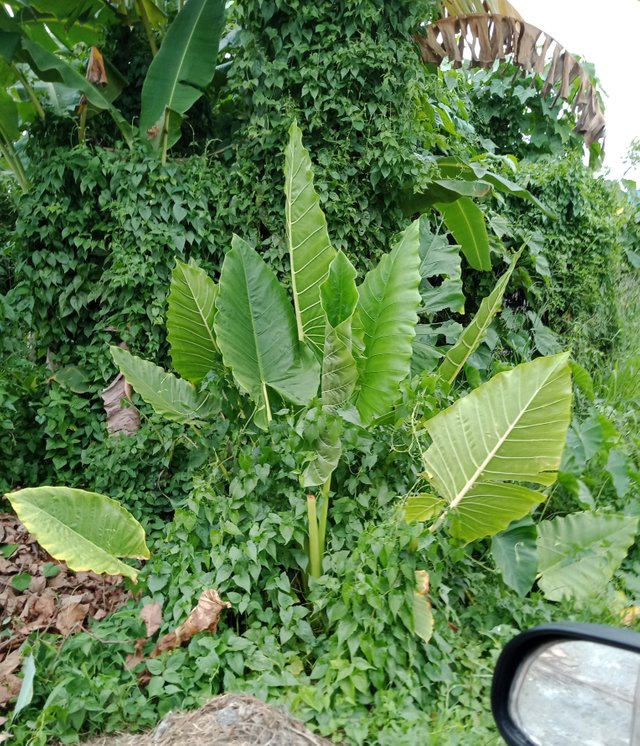
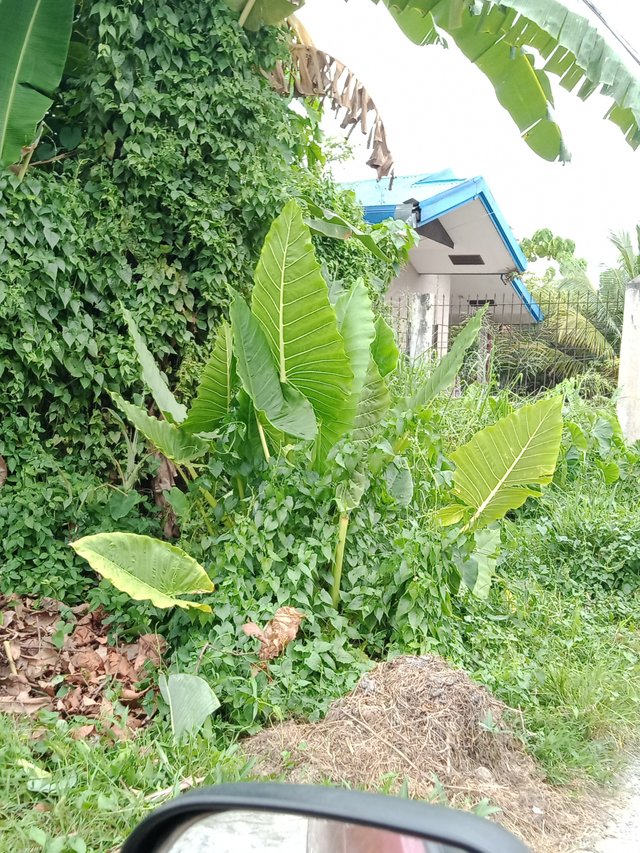
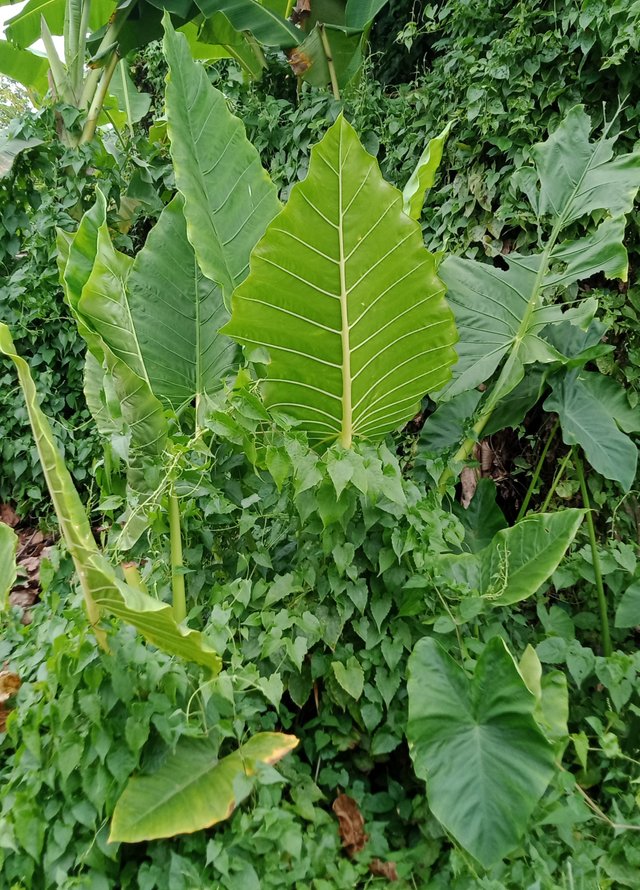
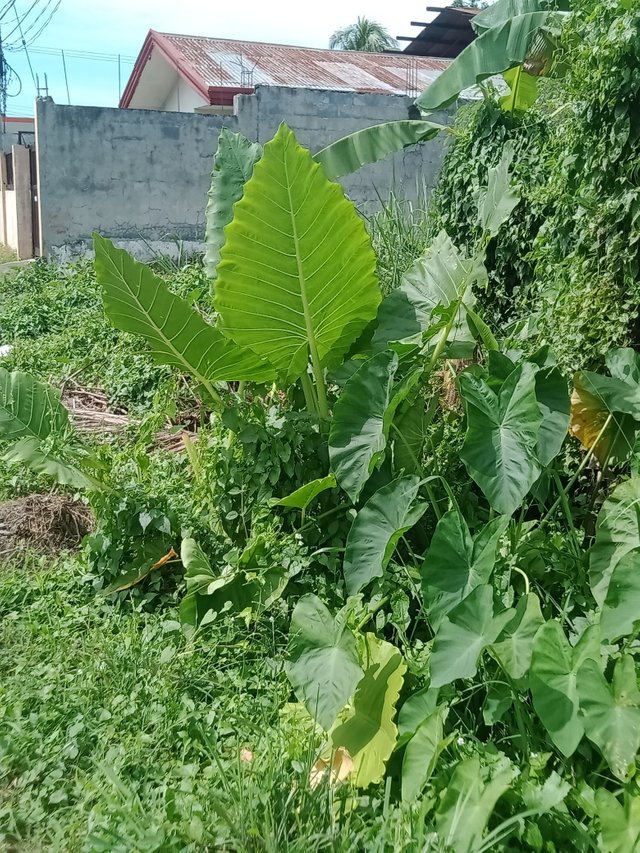
Now what are alocasia and what are colocasia plants?
Please observe from the last photo above that not all of the big leaves are pointing upwards. There are some that are pointing downwards. That is the first difference between these two. The stiff leaf stems, or petioles, of Alocasia extend into the leaves. This causes the leaves to follow the line of the petioles. As a result, most Alocasia leaves tend to point upwards or extend horizontally. By contrast, the petioles of Colocasia connect down from the notches in the leaves. This enables the leaves to droop or hang at a downward angle. This visual distinction makes it easy to tell these plants apart: If the leaves point up, the plant is probably an Alocasia; if the leaves point down, it’s probably a Colocasia.
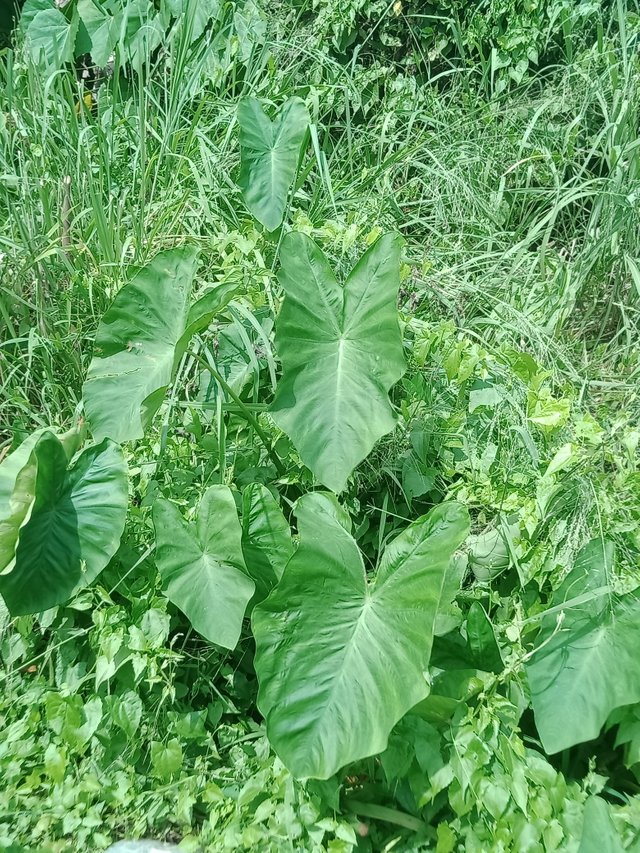
Another photo below of colocasia. I took this 5 months ago on another vacant lot of Colocasia plants.
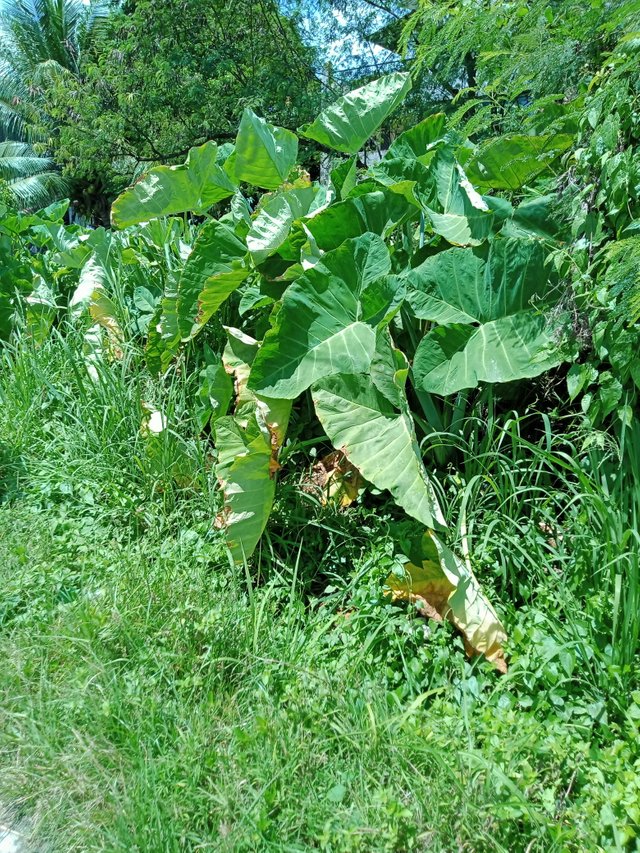
Alocasia and Colocasia are both plants of the Araceae family. They are native to southeastern Asia and the Indian subcontinent. Both species have very large leaves, and both are called Elephant’s Ears. Many Colocasia varieties are grown for their edible tubers, called taro. Taro is an important food crop in Hawaii, where Colocasia is widely cultivated. However, for Alocasia, most varieties are not edible. Some are highly poisonous and eating them could be fatal. A few Alocasia varieties have edible stems, as opposed to the edible tubers of Colocasia.
Both are also being used as garden ornaments because it provides lusciousness in the surroundings. The photo below shows another area in the lot where younger alocasias and colocasias have sprouted. These are smaller than those shown in the photos above.
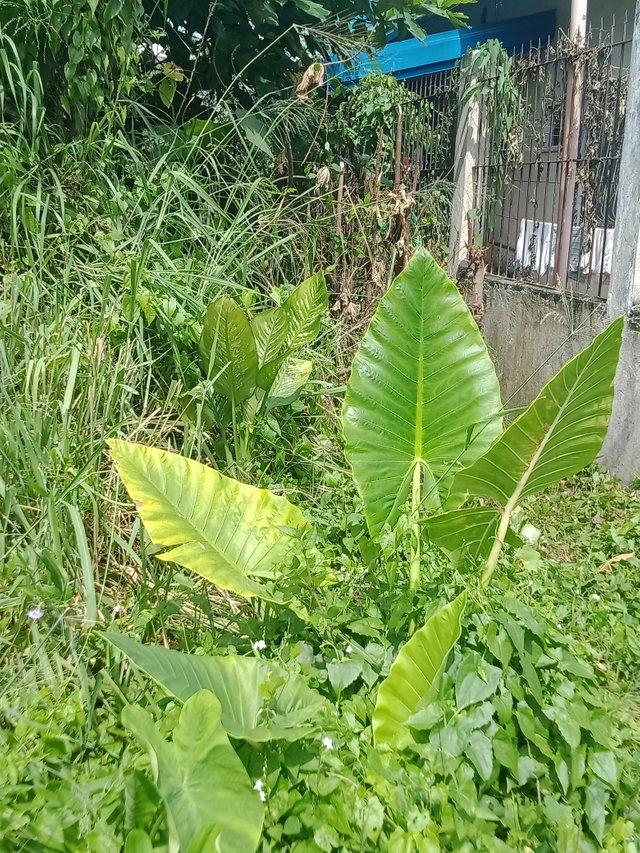
My wife wants to transplant these younger alocasias to our garden and we are just waiting for our gardener helper to come so he can uproot and transfer them. I also noticed new growth of dieffenbachia behind the alocasia. Can you see them?
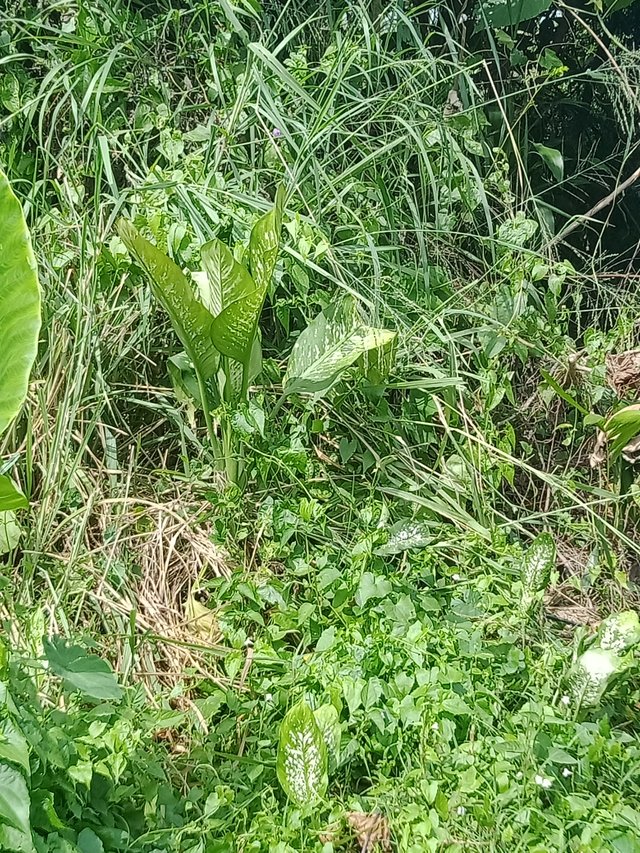
As you can recall we transplanted several of these and just to update you, this is how they look now.
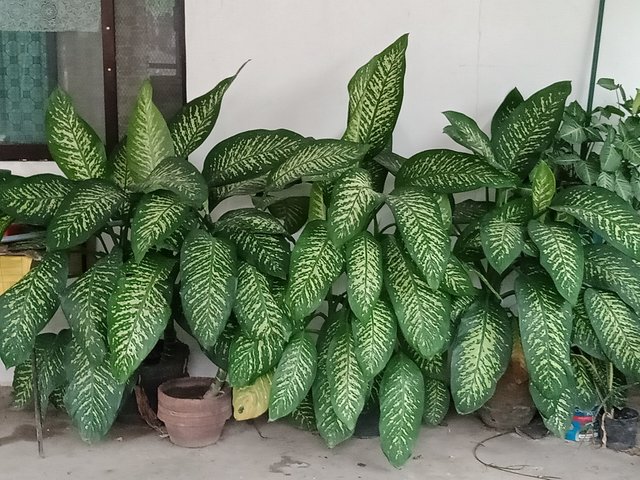
And that about concludes this post for Stage 20. Hope you like it. I will update you in another post once we have transferred the alocasia. Meanwhile, thanks for visiting and I give my best wishes to all the participants. Keep safe and healthy.
(All photos are mine.)
зелень буйствует)
Yes the foliage is very thick. The lot owner is not taking care of the surroundings.
I perfectly remember that post and this landscape))) I just had a question about alocasia...))
Thank you for participating)
As always, it is my pleasure to participate.
Wonderful of you to remember my post and this vacant lot. You were right about the alocasia. Now they're bigger and we can't wait to have them transplanted and potted in our garden.